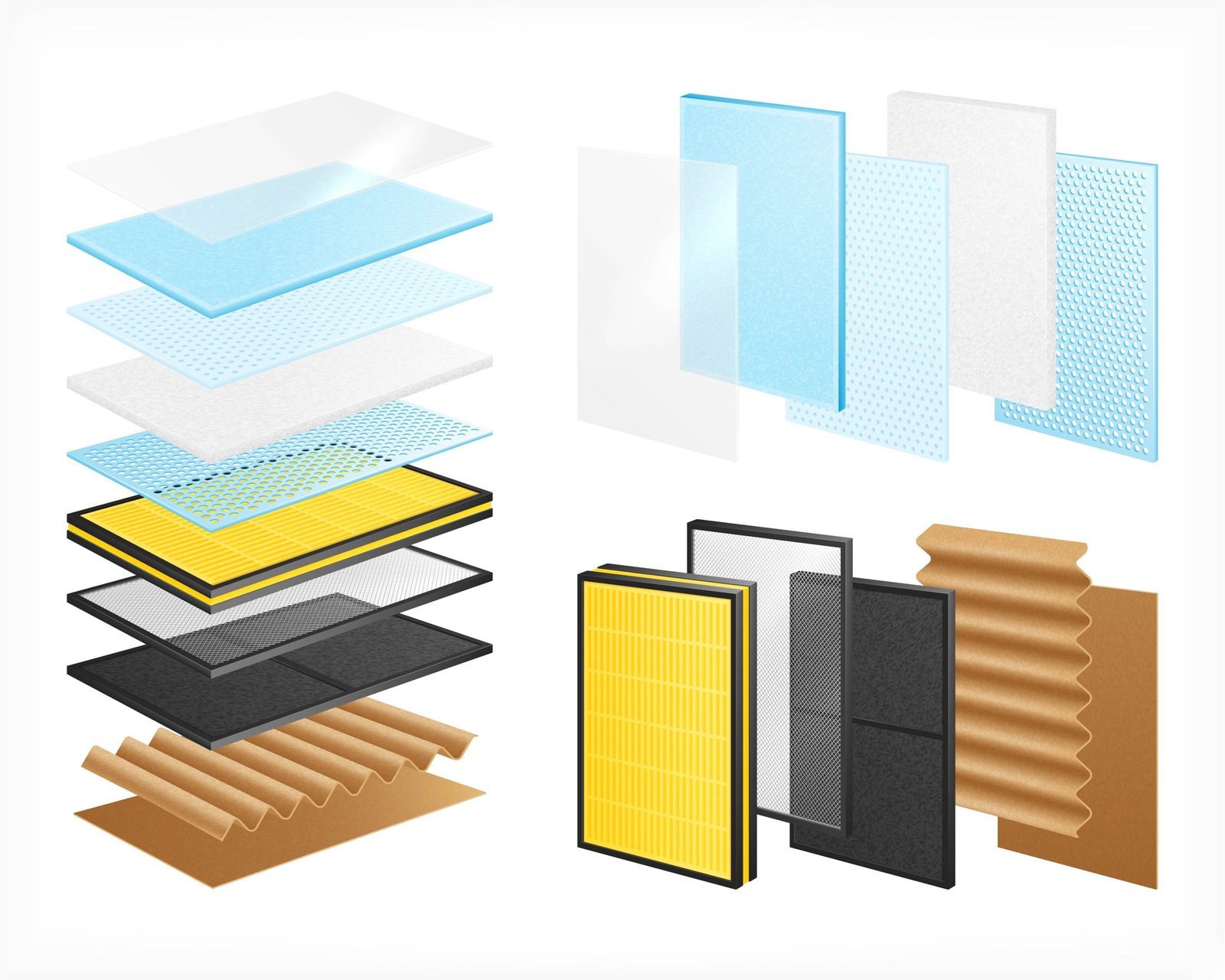All you need to know about Thermal Break Aluminium
In the dynamic landscape of architectural innovation, Thermal Break Aluminium emerges as a transformative force, reshaping building design and championing sustainability. This revolutionary material stands at the forefront of progress, not merely as a construction element but as a catalyst for a new era. With its unparalleled ability to enhance energy efficiency, Thermal Break Aluminium becomes a preferred choice for architects and builders alike. This introduction sets the stage for a journey into the intricacies of Thermal Break Aluminium, exploring its profound impact on construction dynamics and its pivotal role in fostering a sustainable and innovative approach to architectural design.
1. What is Thermal Break Aluminium
2. Thermal Break Installation
3. Thermal Break Aluminium Cost
Understanding the economic landscape is pivotal in the realm of construction, and unveiling the cost of Thermal Break Aluminium is a crucial aspect of informed decision-making. The economic wisdom behind choosing Thermal Break Aluminium involves a nuanced exploration of cost factors that extend beyond the initial investment.
Delving into the cost considerations includes an in-depth analysis of factors such as material costs, installation expenses, and long-term savings through enhanced energy efficiency. While the upfront costs may be higher than traditional materials, the long-term benefits, including reduced energy consumption and lower maintenance expenses, contribute to the overall economic viability of Thermal Break Aluminium.
Positioning Thermal Break Aluminium as an investment in sustainable construction is paramount. The material’s ability to enhance energy efficiency not only aligns with contemporary environmental standards but also translates into cost savings over the life cycle of the building. Recognizing Thermal Break Aluminium as an economic investment underscores its role in promoting both fiscal prudence and environmentally conscious construction practices, positioning it as a strategic choice for architects, builders, and investors alike.
4. Thermal Break vs Regular Aluminium:
In the clash of titans, Thermal Break Aluminium and Regular Aluminium take center stage, demanding a comparative analysis to aid architects and builders in their material selection. Thermal Break Aluminium, with its advanced insulation technology, presents distinct advantages over Regular Aluminium. While both materials share the lightweight characteristic of aluminum, Thermal Break Aluminium excels in thermal efficiency, mitigating heat transfer and enhancing energy performance.
The examination of pros and cons delves into nuanced differences, emphasizing Thermal Break Aluminium’s superior insulation properties and its potential for long-term energy savings. Architects face the critical consideration of balancing performance with cost when choosing between these two materials, navigating the metallurgical landscapes to meet both structural and energy efficiency requirements. This exploration aims to equip decision-makers with the insights needed to make informed choices aligned with their project goals and sustainability aspirations.
5. Sustainable Thermal Break
As sustainability takes center stage in the construction industry, the discussion extends to materials like Sustainable Thermal Break Aluminium, emphasizing a commitment to eco-friendly architecture. The rising importance of sustainability in construction is a response to global environmental concerns, prompting a shift towards greener practices. Sustainable Thermal Break Aluminium aligns with this ethos, offering a conscientious choice for builders and architects aiming to reduce the environmental impact of their projects.
This innovative material contributes to eco-friendly architecture through its energy-efficient properties, reducing the overall carbon footprint of buildings. By enhancing thermal insulation and energy efficiency, Sustainable Thermal Break Aluminium not only meets modern environmental standards but also supports long-term sustainability goals. Choosing this material reflects a dedication to responsible building practices, harmonizing progress with a commitment to preserving the planet’s resources for future generations.
6. Thermal Break Design Choices
Thermal Break Design Choices exemplify the harmonious convergence of elegance and functionality in the realm of architectural aesthetics. Architects and designers are presented with a canvas where Thermal Break Aluminium serves as the medium for creative expression, transcending the conventional boundaries of design. This exploration encompasses a diverse range of possibilities, from sleek and modern aesthetics that define contemporary architecture to the enduring allure of timeless classics.
The versatility of Thermal Break Aluminium empowers architects to sculpt structures that seamlessly blend form and function. It becomes a pivotal element in crafting spaces that not only meet the highest standards of efficiency but also captivate with their visual appeal. Whether it’s the clean lines of modern minimalism or the intricate details of classical design, Thermal Break Aluminium lends itself to various design languages.
Emphasizing the material’s role in design choices, it becomes a storyteller, allowing architects to express their design narrative with finesse. Beyond its technical attributes, Thermal Break Aluminium becomes an integral part of the architectural dialogue, contributing to the creation of spaces that not only stand the test of time but also embody a synthesis of innovation and aesthetic sophistication.
7. Thermal Break Maintenance
Recognizing Thermal Break Aluminium as a masterpiece in architectural solutions sets the stage for a discussion on the art of Thermal Break Maintenance—a critical aspect ensuring the longevity and sustained performance of this innovative material. Thermal Break Aluminium, celebrated for its transformative impact on construction dynamics, requires a dedicated approach to upkeep and care.
Maintenance of Thermal Break Aluminium involves a meticulous process, addressing both aesthetic and functional considerations. Regular inspections, cleaning, and preventive measures are integral components of this art, aimed at preserving the material’s structural integrity and energy-efficient properties. Attention to detail becomes paramount, reflecting a commitment to excellence in architectural applications.
The commitment to preserving excellence extends beyond the initial construction phase, emphasizing the need for ongoing care to retain the material’s effectiveness over time. Thermal Break Maintenance becomes a proactive strategy, ensuring that the architectural masterpiece continues to deliver optimal performance while upholding the aesthetic standards envisioned during its design. In this symbiotic relationship between innovation and care, Thermal Break Aluminium emerges not just as a material but as a lasting testament to the conscientious pursuit of excellence in architectural solutions.

